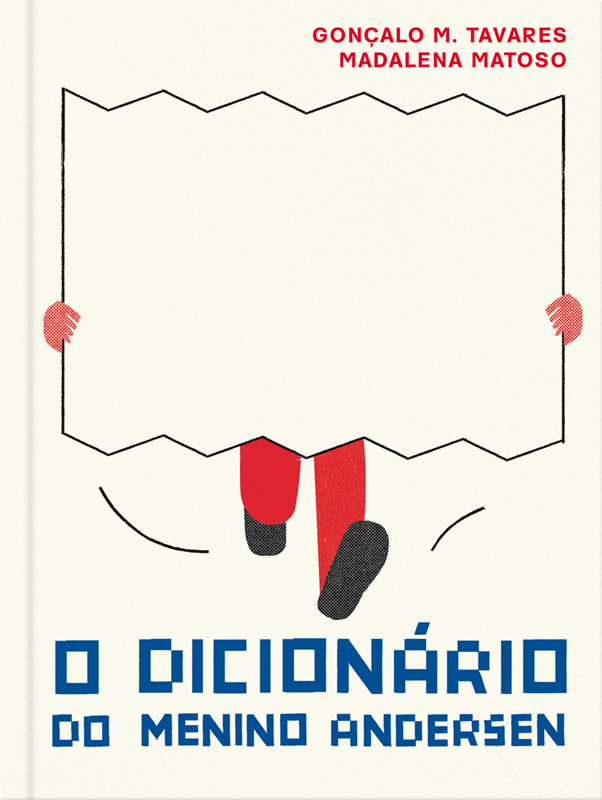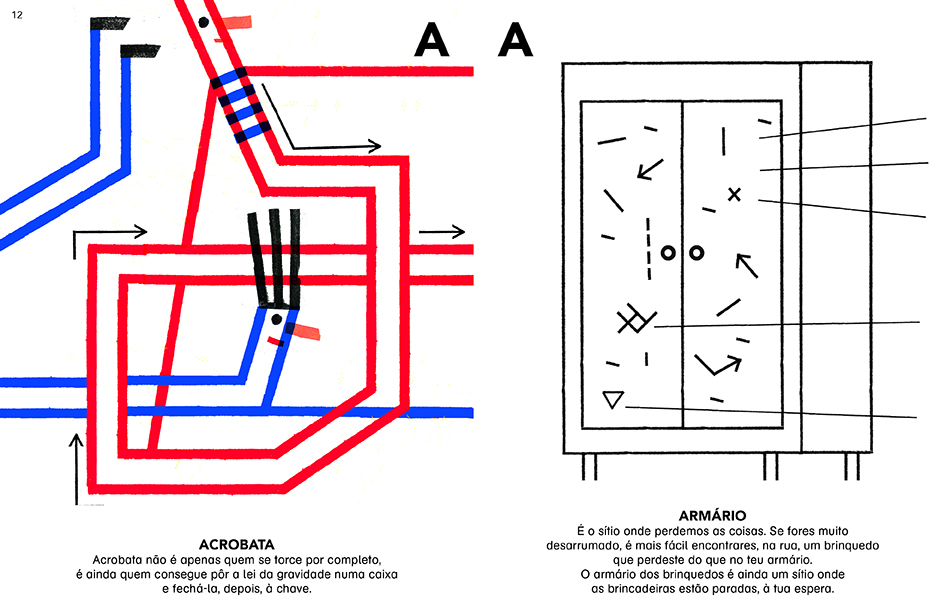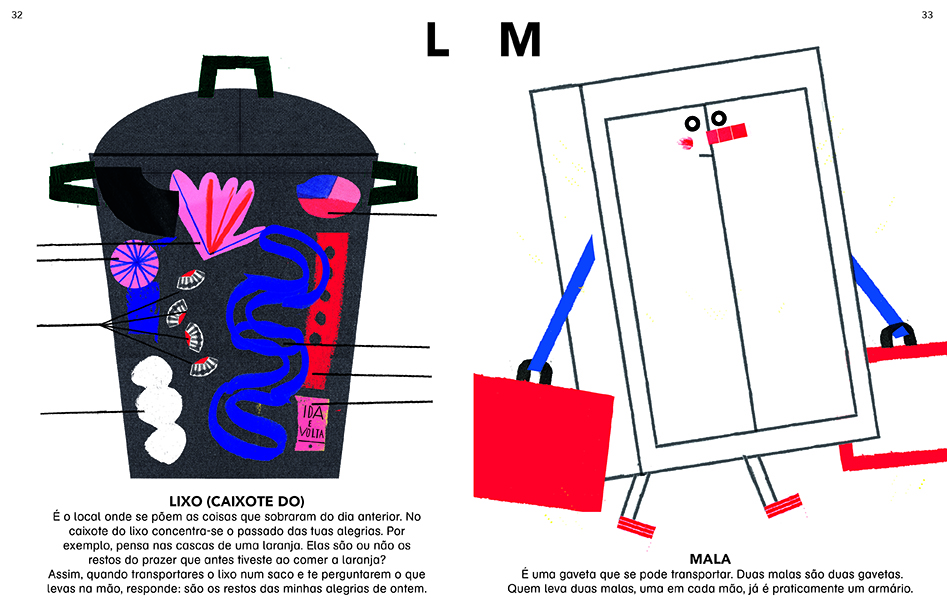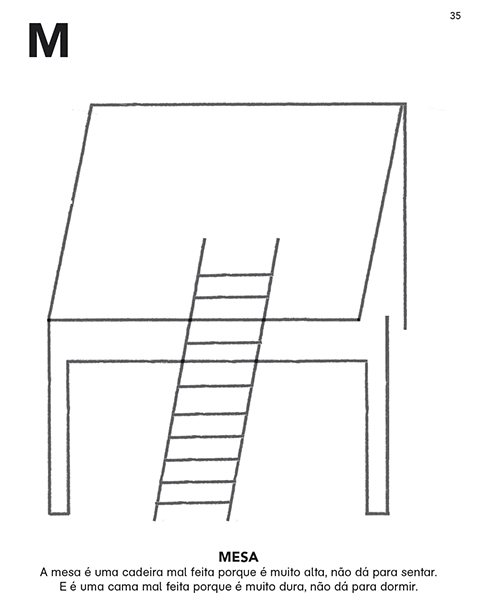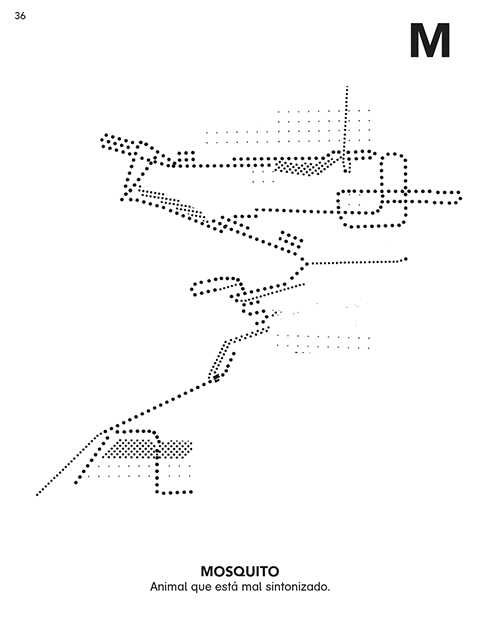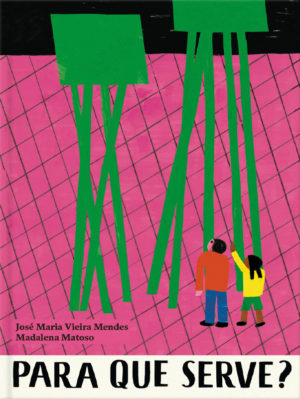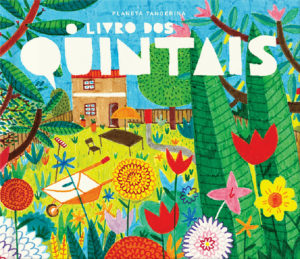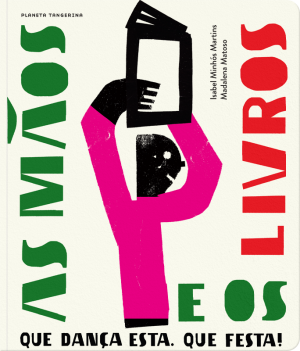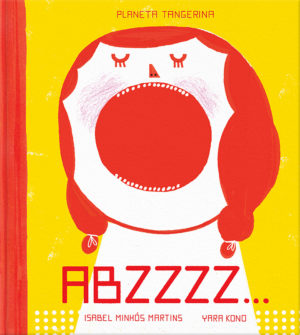Technical specs
Original title: O dicionário do menino Andersen
64 pages / 175 x 225 mm
ISBN: 9789898145697 / RRP: 13,90€
1st edition: October 2015
1st reprint: January 2020
© Rights sold: Brazilian Portuguese, Bulgarian, Korean
Young Andersen’s dictionary
(Portuguese edition)
As a young boy, Andersen was a great inventor and was never satisfied with the definitions he read in the dictionary. So he decided to start writing a new dictionary himself; a dictionary that his friends would like.
Here’s an entry under the letter M:
Mosquito – An animal that is poorly tuned.
Gonçalo M. Tavares sat down with young Andersen and together they created a whole new dictionary containing words and things we find around us. The illustrations by Madalena Matoso join Gonçalo M Tavares’ text, in a book that will entertain readers of all ages.
Technical specs
Original title: O dicionário do menino Andersen
64 pages / 175 x 225 mm
ISBN: 9789898145697 / RRP: 13,90€
1st edition: October 2015
1st reprint: January 2020
© Rights sold: Brazilian Portuguese, Bulgarian, Korean
Awards and recognitions
Recommended — Portuguese National Reading Plan
Highly recommended — FNLIJ, “Portuguese Language Literature” category (Brazil, 2020)
Nominated — Best book by a Portuguese Illustrator, BD Amadora Festival Awards (2016)
What they say
What is a dictionary for? To order or disorder words? Gonçalo M Tavares and Madalena Matoso made a perfect book for Planeta Tangerina, a publisher which is a natural habitat for curious readers.
Carla Maia de Almeida, LER magazine, April 2016
A dictionary where each entry is a descriptive definition and also a semantic trap with which to disassemble one’s perception of reality with its unexpected angles, and to raise questions that a standard dictionary can’t answer. (…) In this re-routing of semantics via less obvious and more unexpected angles – angles typical of a child’s exploratory gaze upon the world – Madalena Matoso’s illustrations play an essential role: they force this unpredictability (…) or leave the reader with uncertain answers — perhaps the best way to raise new questions.
Sara Figueiredo Costa, Expresso newspaper, 06/02/2016
